Pretest Probability Coronary Artery Disease
Pretest probability coronary artery disease. For patients with high PTP RS 61 NICE recommended an invasive coronary angiogram ICA. ESC is providing a different calculation of PTP RS and they recommend a functional imaging test such as stress echocardiography SE for patients. It can be shown that CI was significantly higher in patients with stenosis 70 or more compared with the patients without stenosis and healthy volunteers.
No patients with low pretest probability were subsequently diagnosed with ACS 95 CI0 to 066 or had a. The diagnostic performance of the computed tomography CT scan was different in the 3 subgroups. Sensitivity was 93 specificity was 84 positive predictive value was 85 and negative predictive value was 93.
When applying these observed differences in pretest probability of obstructive CAD to guidelines-based. Performance of the traditional age sex and angina typicality-based approach for estimating pretest probability of angiographically significant coronary artery disease in patients undergoing coronary computed tomographic angiography. The estimated pretest probability of CAD in the high n 105 intermediate n 83 and low n 66 groups was 87 53 and 13 respectively.
1 Other instruments such as the Duke Score incorporate additional clinical features such as smoking diabetes mellitus and dyslipidemia but these appear to. Current guidelines in the United States and Canada recommend using the Diamond and Forrester model 2 or the Duke clinical score 3 to estimate the pretest probability of CAD in patients presenting with stable chest pain. To test the accuracy of clinical pre-test probability PTP for prediction of obstructive coronary artery disease CAD in a pan-European setting.
Outcome by Exercise Echocardiography in Patients with Low Pretest Probability of Coronary Artery Disease. Results from the multinational coronary CT angiography evaluation for clinical outcomes. Patients are stratified into very low low intermediate and high risk for CAD.
State-of-the-art methods were used to develop and validate a clinical prediction rule that can be used to estimate the pre-test probability of coronary artery disease CAD. DF model for estimating the pretest probability PTP of coronary CAD model has been widely accepted and allows for the immediate simple determination of pretest likelihood for CAD without necessitating laboratory or exercise test results. Table 2 Echocardiography appropriate use criteria in coronary artery disease 5 Chronic myocardial ischemia Stress echocardiography Low pretest probability of CAD ECG uninterpretable or unable to exercise Intermediate pretest probability of CAD ECG interpretable and able to exercise Intermediate pretest probability of CAD.
Clinical assessment alone can provide an estimate of the likelihood of obstructive anatomic coronary artery disease CAD before any testing is performedthis is an estimation of. The European approach to determining the pretest likelihood of coronary artery disease CAD in patients with chest pain is superior to that of the Diamond-Forrester approach recommended by.
ESC is providing a different calculation of PTP RS and they recommend a functional imaging test such as stress echocardiography SE for patients.
This process can be modified by lifestyle adjustments pharmacological therapies and invasive interventions designed to achieve disease stabilization or regression. It can be assumed that riskprevalence of coronary artery disease increases with age. Coronary artery disease CAD is a pathological process characterized by atherosclerotic plaque accumulation in the epicardial arteries whether obstructive or non-obstructive. Patients are stratified into very low low intermediate and high risk for CAD. For patients with high PTP RS 61 NICE recommended an invasive coronary angiogram ICA. 1 Other instruments such as the Duke Score incorporate additional clinical features such as smoking diabetes mellitus and dyslipidemia but these appear to. The European approach to determining the pretest likelihood of coronary artery disease CAD in patients with chest pain is superior to that of the Diamond-Forrester approach recommended by. To test the accuracy of clinical pre-test probability PTP for prediction of obstructive coronary artery disease CAD in a pan-European setting. The estimated pretest probability of CAD in the high n 105 intermediate n 83 and low n 66 groups was 87 53 and 13 respectively.
To update pretest probabilities PTP for obstructive coronary artery disease CAD 50 across age sex and clinical symptom strata using coronary computed tomography angiography CTA in a large contemporary population of patients with stable chest pain referred to non-invasive testing. Data exists for patients of age group 30 - 70 years. To test the accuracy of clinical pre-test probability PTP for prediction of obstructive coronary artery disease CAD in a pan-European setting. State-of-the-art methods were used to develop and validate a clinical prediction rule that can be used to estimate the pre-test probability of coronary artery disease CAD. ESC is providing a different calculation of PTP RS and they recommend a functional imaging test such as stress echocardiography SE for patients. No patients with low pretest probability were subsequently diagnosed with ACS 95 CI0 to 066 or had a. Performance of the traditional age sex and angina typicality-based approach for estimating pretest probability of angiographically significant coronary artery disease in patients undergoing coronary computed tomographic angiography.
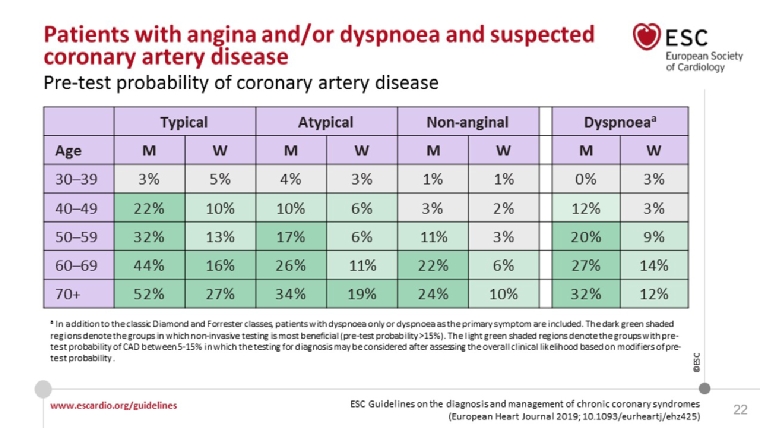





















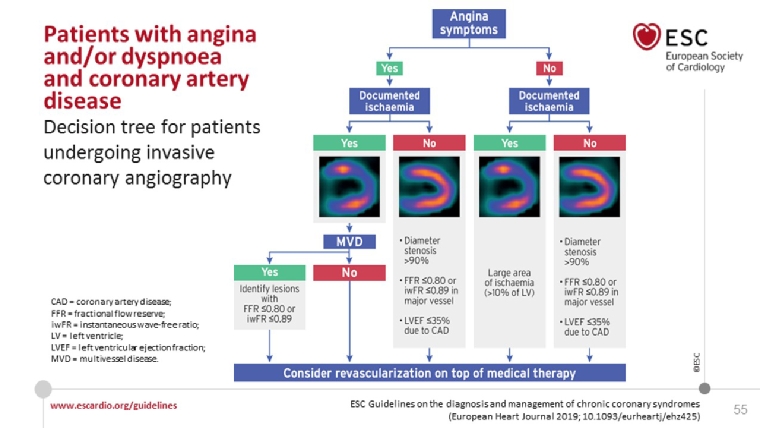
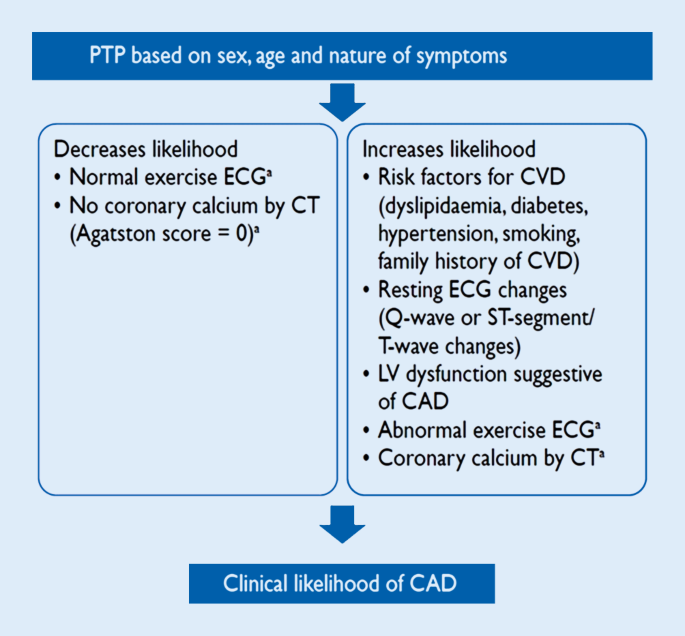








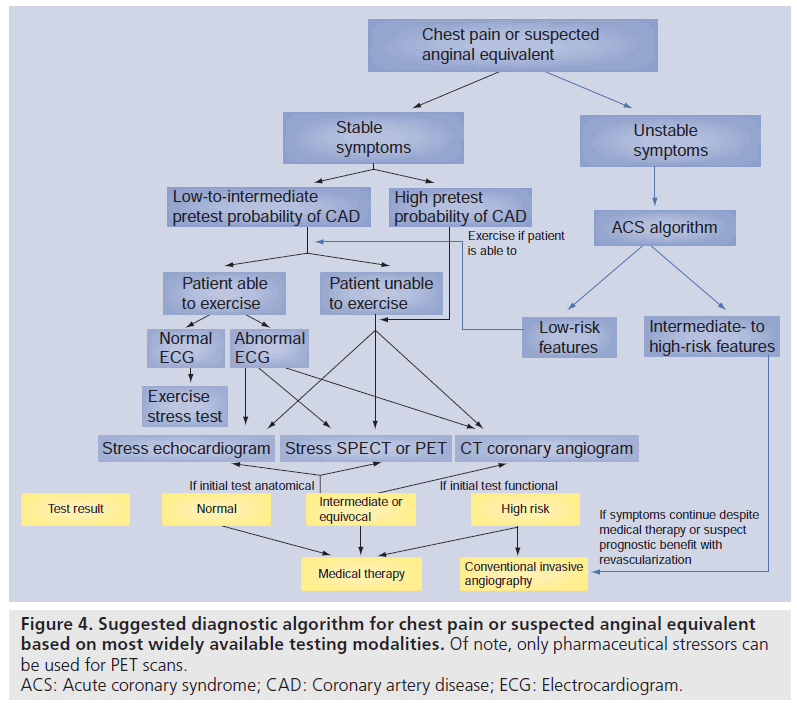
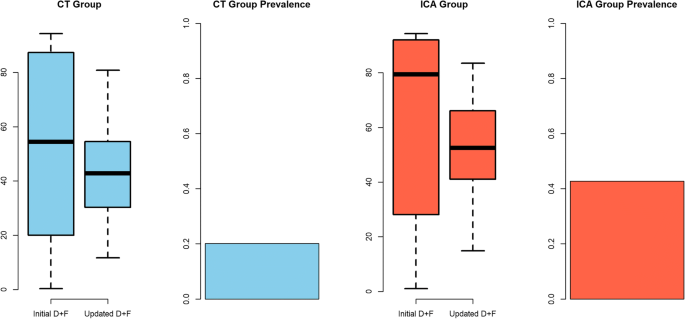
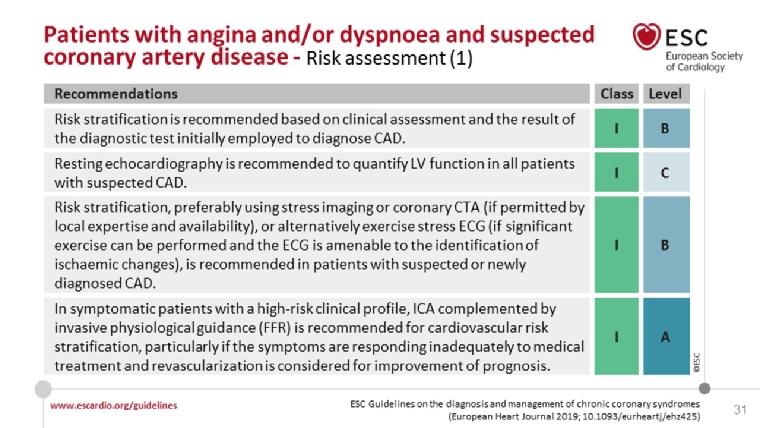





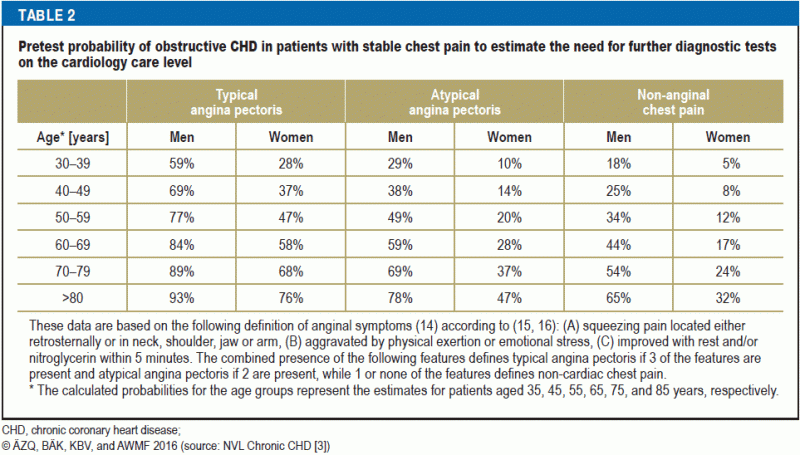


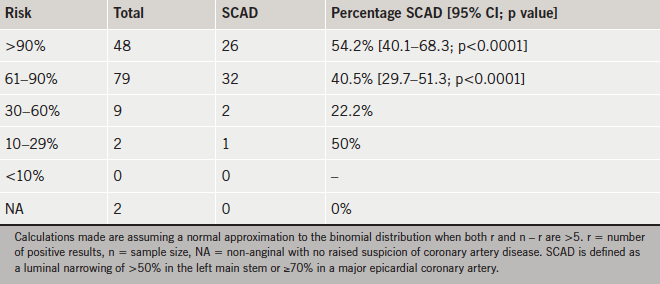
Post a Comment for "Pretest Probability Coronary Artery Disease"